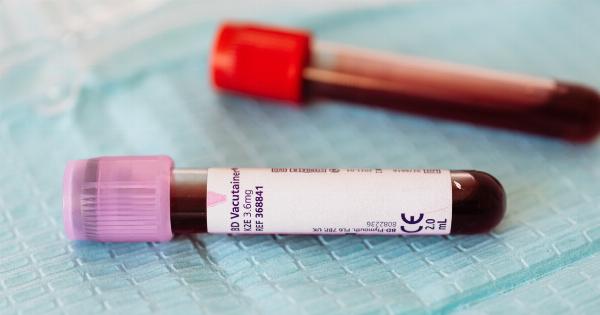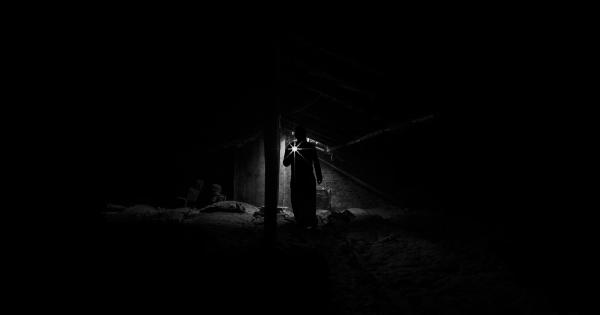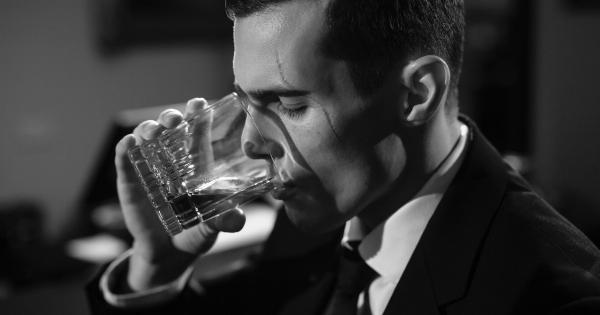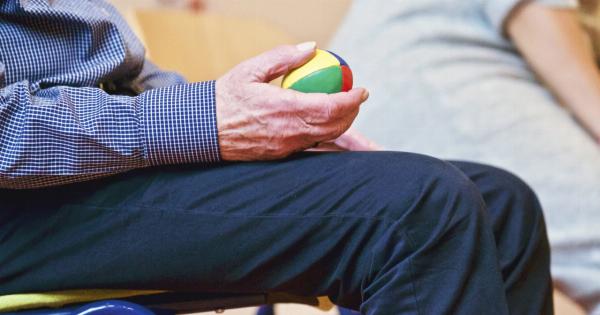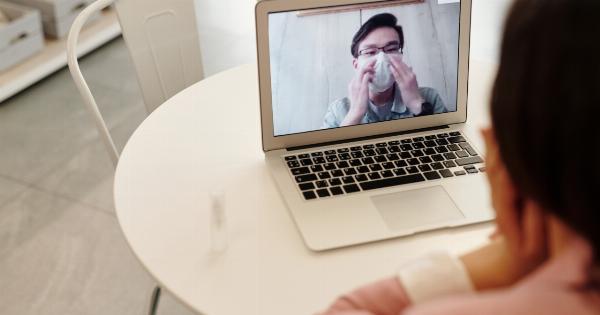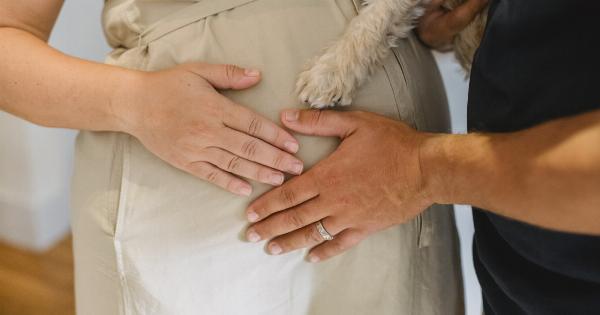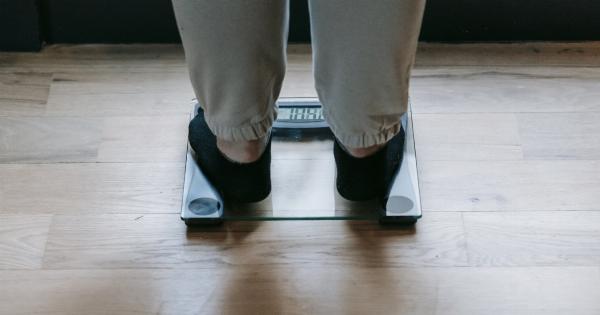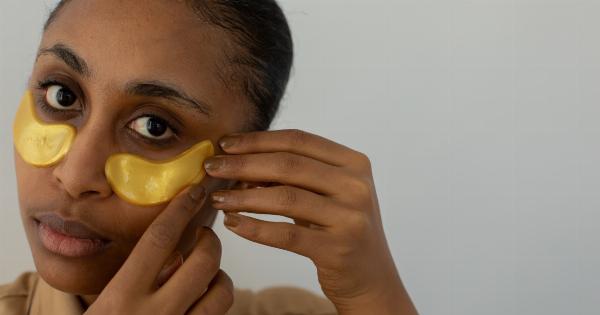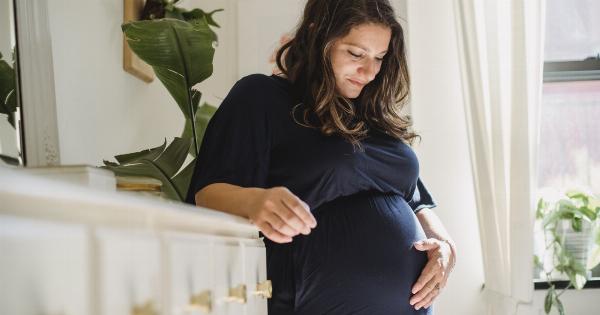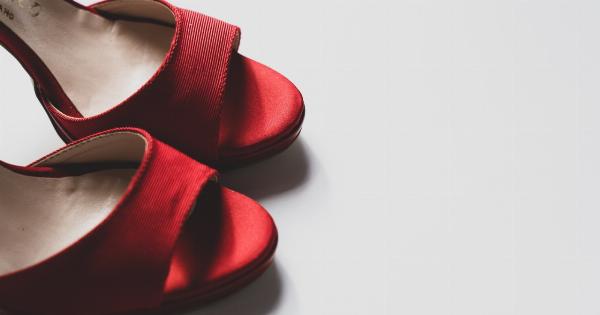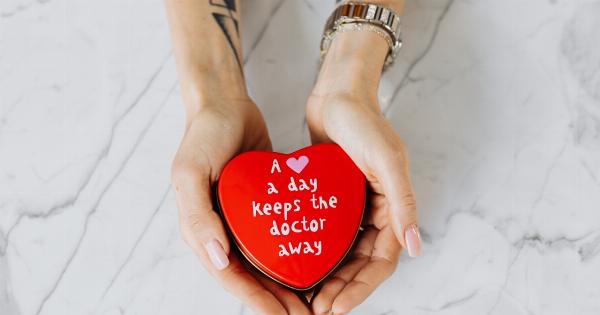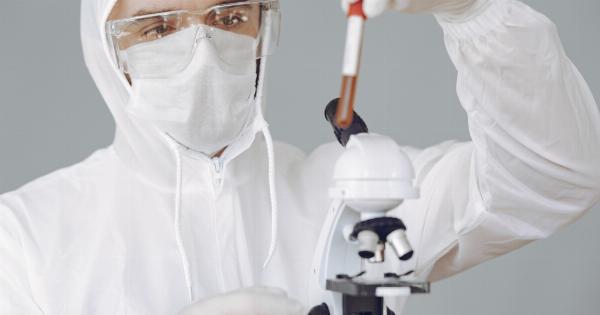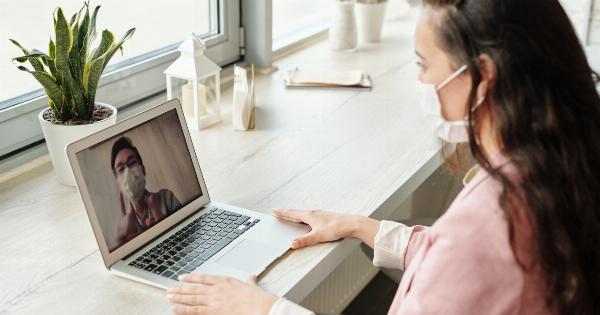Varicose veins are a common medical condition that affects millions of people worldwide. These bulging, twisted veins most commonly appear on the legs and can cause discomfort and embarrassment.
While some individuals may view varicose veins as merely a cosmetic concern, ignoring them can have serious consequences for both your health and overall well-being.
What are Varicose Veins?
Varicose veins are enlarged veins that occur when the valves within the veins become weak or damaged, leading to a backup of blood that eventually causes the vein to swell and twist.
They can be blue, red, or flesh-colored and often protrude from the surface of the skin. Varicose veins are typically a result of prolonged pressure on the legs, such as standing or sitting for long periods, obesity, pregnancy, family history, and age.
Discomfort and Pain
One of the most immediate consequences of ignoring varicose veins is the discomfort and pain they can cause. Many individuals with varicose veins experience aches, throbbing, and a feeling of heaviness or fatigue in their legs.
These symptoms can worsen after prolonged periods of standing or sitting and may even lead to cramps or restless leg syndrome.
The pain associated with varicose veins can significantly impact an individual’s quality of life. It may limit their mobility, making it difficult to perform daily activities or exercise.
This sedentary lifestyle can lead to weight gain, muscle weakness, and even depression or anxiety.
Blood Clots and Deep Vein Thrombosis (DVT)
Another serious consequence of ignoring varicose veins is an increased risk of blood clots and deep vein thrombosis (DVT). When the blood flow within the veins is disrupted or slowed down due to varicose veins, it becomes easier for blood clots to form.
These clots can then travel to other parts of the body, leading to potentially life-threatening conditions such as DVT.
DVT occurs when a blood clot forms in a deep vein, typically in the legs. If left untreated, the clot can break loose and travel through the bloodstream, causing a pulmonary embolism when it reaches the lungs.
Pulmonary embolisms can be fatal, highlighting the importance of addressing varicose veins to reduce the risk of blood clots and DVT.
Ulcers and Skin Changes
Untreated varicose veins can also lead to the development of venous ulcers and skin changes. When blood pools in the affected veins, it can build up pressure, resulting in fluid leakage into the surrounding tissue.
This excess fluid accumulation can lead to skin discoloration, itching, and a condition called dermatitis.
In severe cases, the skin may become thin and fragile, making it susceptible to the formation of painful ulcers—open sores that can be challenging to heal. Venous ulcers usually appear near the ankles and can cause significant pain and discomfort.
They require prompt medical attention and may even necessitate long-term wound care to facilitate healing.
Emotional and Psychological Impact
While varicose veins may initially be viewed as a cosmetic concern, their impact often extends beyond physical discomfort. Many individuals with varicose veins may suffer from low self-esteem and body image issues.
They may avoid wearing certain clothing or engaging in activities that expose their legs, causing them to withdraw from social situations and experience feelings of isolation.
The emotional and psychological impact of varicose veins can lead to decreased confidence, anxiety, and even depression.
Treating varicose veins, whether through lifestyle modifications or medical interventions, can help improve self-esteem and enhance overall emotional well-being.
Complications During Pregnancy
Pregnant women are particularly susceptible to developing varicose veins due to hormonal changes, increased blood volume, and pressure on the legs from the growing uterus.
Ignoring varicose veins during pregnancy can lead to a range of complications, including increased discomfort, leg pain, and swollen ankles.
In more severe cases, varicose veins can contribute to the development of superficial thrombophlebitis—a condition characterized by inflammation and blood clot formation in the veins close to the skin’s surface.
This condition can cause pain, redness, and warmth in the affected area and may require medical intervention to alleviate symptoms.
Prevention and Treatment
While varicose veins may be challenging to completely prevent, several lifestyle modifications can help reduce their severity and prevent further complications.
Regular exercise, maintaining a healthy weight, elevating the legs, avoiding prolonged periods of sitting or standing, and wearing compression stockings can all help promote healthy blood flow and reduce the risk of varicose veins.
If varicose veins have already developed, various treatment options are available. These include minimally invasive procedures such as sclerotherapy, laser therapy, and endovenous ablation.
In more severe cases, surgical interventions like vein stripping or ligation may be necessary to remove or seal problematic veins.
When to Seek Medical Attention
It is important to consult a healthcare professional if you experience any of the following symptoms:.
- Intense pain or swelling in the legs
- Changes in skin color or texture
- Open sores or ulcers near the ankles
- Excessive bleeding from a varicose vein
- Sudden onset of varicose veins during pregnancy
Seeking medical attention promptly can help identify any underlying conditions and prevent further complications.
Conclusion
Varicose veins may seem like a mere cosmetic issue, but ignoring them can lead to serious consequences.
Discomfort, pain, blood clots, skin changes, emotional impact, and complications during pregnancy are just a few of the potential outcomes of neglecting varicose veins.
It is essential to take varicose veins seriously and seek appropriate medical attention when needed.
By addressing varicose veins early on, individuals can improve their quality of life, reduce the risk of complications, and enhance both their physical and emotional well-being.

